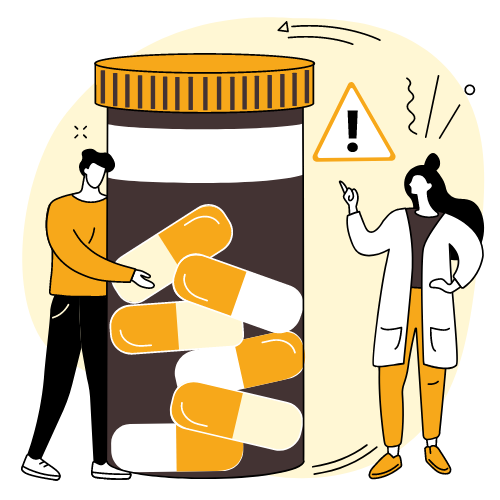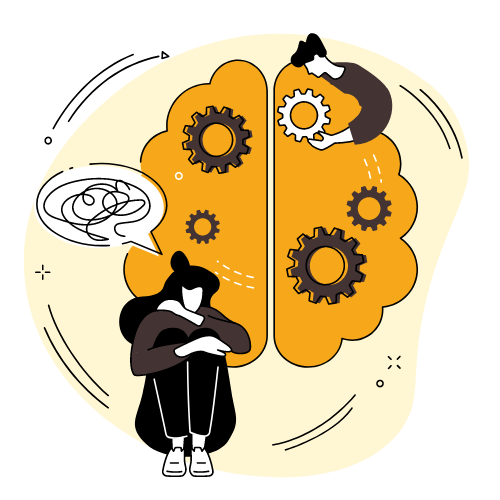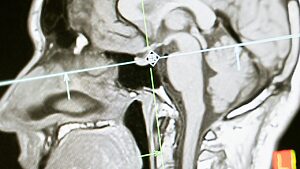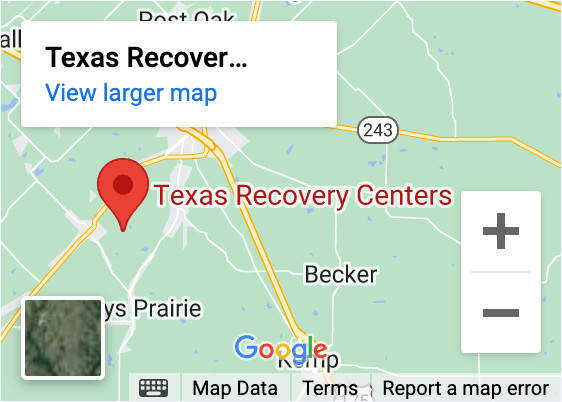Understanding withdrawal timelines can help people prepare for the recovery process and know what to expect during the challenging early days of sobriety. While withdrawal experiences vary significantly between individuals, knowing general timeframes for different substances provides valuable insight into what lies ahead and helps people plan for appropriate support during this critical period.
Withdrawal represents the body’s adjustment process as it learns to function without substances it has become accustomed to having. The timeline and severity of withdrawal symptoms depend on numerous factors including the specific substance, duration and intensity of use, individual physiology and overall health status.
Having realistic expectations about withdrawal helps people avoid the discouragement that often comes when symptoms last longer than anticipated or when the recovery process feels more challenging than expected. Knowledge about withdrawal timelines also helps families understand what their loved one is experiencing and how to provide appropriate support.
Factors That Influence Withdrawal Duration
Several key factors determine how long withdrawal symptoms last and how severe they become. The length of time someone has been using substances plays a significant role — longer periods of use typically result in more prolonged withdrawal experiences as the body has become more thoroughly adapted to the substance’s presence.
The amount and frequency of substance use also impact withdrawal duration. People who use large quantities daily generally experience more intense and longer-lasting withdrawal symptoms than those who use smaller amounts less frequently.
Individual factors like age, overall health, mental health status and genetics all influence how someone experiences withdrawal. Younger, healthier individuals often recover more quickly, while underlying health conditions or mental health disorders can complicate and extend the withdrawal process.
The presence of multiple substances in someone’s system can significantly complicate withdrawal timelines. Polysubstance use often requires more careful medical management and can extend the overall withdrawal period as the body adjusts to the absence of multiple substances simultaneously.
Alcohol Withdrawal Timeline
Alcohol withdrawal typically begins within six to 12 hours after the last drink, with symptoms often peaking between 24 to 48 hours. For many people, the most intense symptoms begin to subside after three to five days, though some effects can persist for weeks.
Early alcohol withdrawal symptoms include tremors, sweating, nausea, anxiety and difficulty sleeping. These symptoms usually appear first and tend to be most intense during the first few days of withdrawal.
More serious symptoms like hallucinations, seizures or delirium tremens can occur in severe cases, typically appearing one to three days after stopping alcohol use. These complications require immediate medical attention and represent medical emergencies that can be life-threatening without proper treatment.
The extended withdrawal phase for alcohol can include ongoing anxiety, depression, sleep disturbances and mood swings that may persist for months. This phase, sometimes called post-acute withdrawal syndrome, requires ongoing support and management strategies.

Opioid Withdrawal Timeline
Opioid withdrawal symptoms typically begin eight to 12 hours after the last use for short-acting opioids like heroin, while longer-acting opioids like methadone may not produce withdrawal symptoms for 24 to 36 hours after the last dose.
The acute phase of opioid withdrawal usually peaks within 72 hours and begins to improve after five to seven days. Common symptoms during this period include muscle aches, nausea, vomiting, diarrhea, dilated pupils, runny nose and intense cravings.
Sleep disturbances, anxiety and depression often persist beyond the acute withdrawal phase, sometimes lasting for weeks or months. Many people report feeling emotionally fragile and experiencing waves of cravings long after physical symptoms have resolved.
The timeline can vary significantly based on the specific opioid involved. Prescription painkillers like oxycodone typically produce shorter withdrawal periods than heroin, while synthetic opioids like fentanyl can create unpredictable withdrawal patterns.
Benzodiazepine Withdrawal Timeline
Benzodiazepine withdrawal represents one of the most potentially dangerous withdrawal processes and often requires medical supervision. Symptoms typically begin one to four days after stopping short-acting benzodiazepines, while longer-acting medications may not produce withdrawal symptoms for a week or more.
The acute withdrawal phase can last two to eight weeks, significantly longer than withdrawal from most other substances. Symptoms often include severe anxiety, panic attacks, tremors, sweating, difficulty concentrating and heightened sensitivity to light and sound.
Some people experience protracted withdrawal from benzodiazepines that can last months or even years. This extended phase may include ongoing anxiety, depression, cognitive difficulties and physical symptoms that require long-term management strategies.
The gradual tapering of benzodiazepines under medical supervision can significantly reduce withdrawal severity and duration compared to stopping suddenly. This process might take months but provides a much safer and more comfortable withdrawal experience.
Stimulant Withdrawal Timeline
Stimulant withdrawal from substances like cocaine and methamphetamine typically doesn’t produce the same dangerous physical symptoms associated with alcohol or benzodiazepine withdrawal, but the psychological symptoms can be severe and prolonged.
The initial crash phase often begins within hours of last use and can last several days. During this period, people typically experience extreme fatigue, depression, increased appetite and long periods of sleep as the body recovers from stimulant effects.
Depression and anxiety can persist for weeks or months after stopping stimulant use. These mood symptoms often represent the most challenging aspect of stimulant withdrawal and can significantly impact someone’s ability to function normally during early recovery.
Cravings for stimulants can be intense and may continue for months after stopping use. The psychological nature of stimulant withdrawal means that behavioral therapy and mental health support often play crucial roles in successful recovery.
Cannabis Withdrawal Timeline
Cannabis withdrawal has gained more recognition in recent years as higher potency products have become more common. Symptoms typically begin one to three days after stopping use and peak around day 10, with most symptoms resolving within two to four weeks.
Common cannabis withdrawal symptoms include irritability, anxiety, sleep difficulties, decreased appetite, physical restlessness and mood swings. While these symptoms are generally not dangerous, they can be uncomfortable enough to drive people back to using cannabis.
Sleep disturbances often represent the most persistent cannabis withdrawal symptom, with some people experiencing vivid dreams and disrupted sleep patterns for several weeks after stopping use.
The psychological aspects of cannabis withdrawal, including anxiety and mood changes, may require ongoing management strategies even after physical symptoms have resolved.
Post-Acute Withdrawal Syndrome
Many people experience post-acute withdrawal syndrome (PAWS), which involves ongoing symptoms that can persist for months or years after the acute withdrawal phase ends. PAWS symptoms often include anxiety, depression, sleep difficulties, mood swings and cognitive problems.
The unpredictable nature of PAWS can be particularly challenging, as symptoms may improve for weeks before suddenly returning. Understanding that this pattern is normal helps people avoid discouragement and maintain their recovery commitment.
PAWS symptoms often improve gradually over time, but the process requires patience and ongoing support. Stress management, regular exercise, adequate sleep and professional counseling can all help manage these extended symptoms.
The Importance of Medical Supervision
Medical supervision during withdrawal significantly improves both safety and comfort, especially for potentially dangerous withdrawals from alcohol, benzodiazepines or in cases involving multiple substances. Healthcare providers can prescribe medications that ease symptoms and monitor for complications.
Even when withdrawal isn’t medically dangerous, professional support can make the process much more manageable. Medical professionals can provide medications for symptom relief, nutritional support and ongoing monitoring to ensure recovery progress.
Attempting withdrawal without proper support often leads to relapse, especially when symptoms become overwhelming or when complications arise. Professional withdrawal management creates the foundation for successful long-term recovery.
Planning for Long-Term Recovery
Understanding that withdrawal is just the first step in recovery helps set realistic expectations for the journey ahead. While acute withdrawal symptoms typically resolve within days or weeks, building lasting recovery requires ongoing commitment and support.
Early recovery planning should account for extended withdrawal symptoms and include strategies for managing ongoing challenges. This might include counseling, support group participation, medication management and lifestyle changes that support long-term sobriety.
The end of withdrawal symptoms doesn’t mean recovery is complete — it means the real work of building a new life in sobriety can begin. Having realistic expectations about this process helps people stay committed when recovery becomes challenging.
If you’re concerned about withdrawal from any substance or need professional support during the detoxification process, medical supervision can make the experience safer and more manageable while setting the foundation for lasting recovery. Texas Recovery Centers, located at 6950 Shady Ln, Scurry, TX 75158, offers medically supervised detoxification and comprehensive addiction treatment designed to support you through withdrawal and into long-term recovery. Call 888-354-2194 today to speak with our experienced medical team about creating a safe, comfortable withdrawal plan that leads to lasting sobriety.













